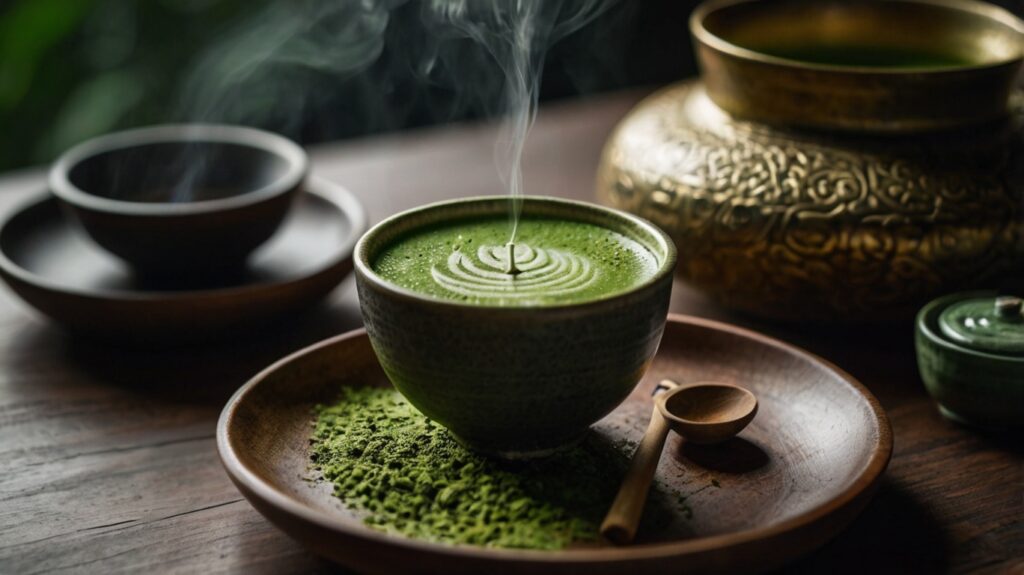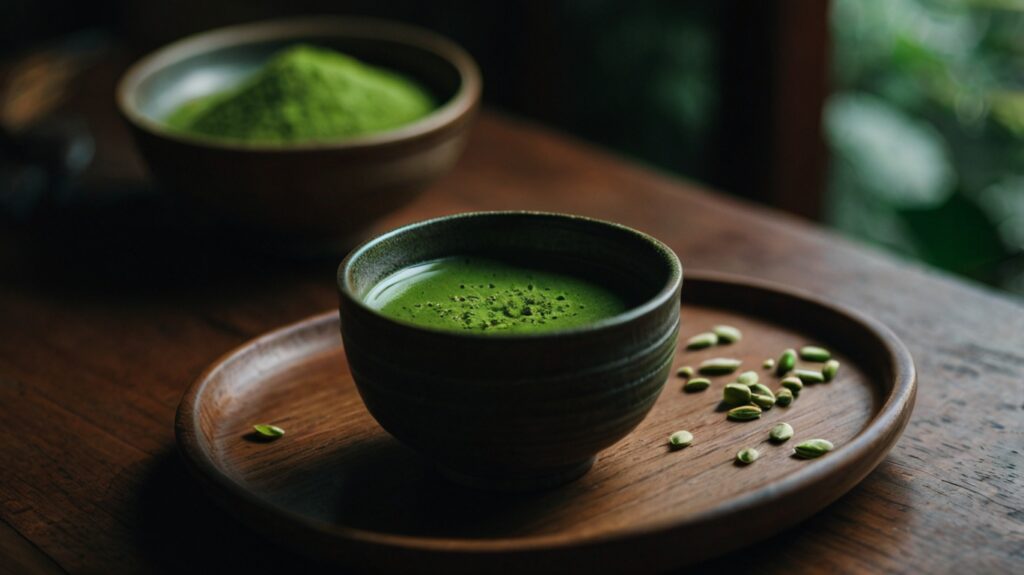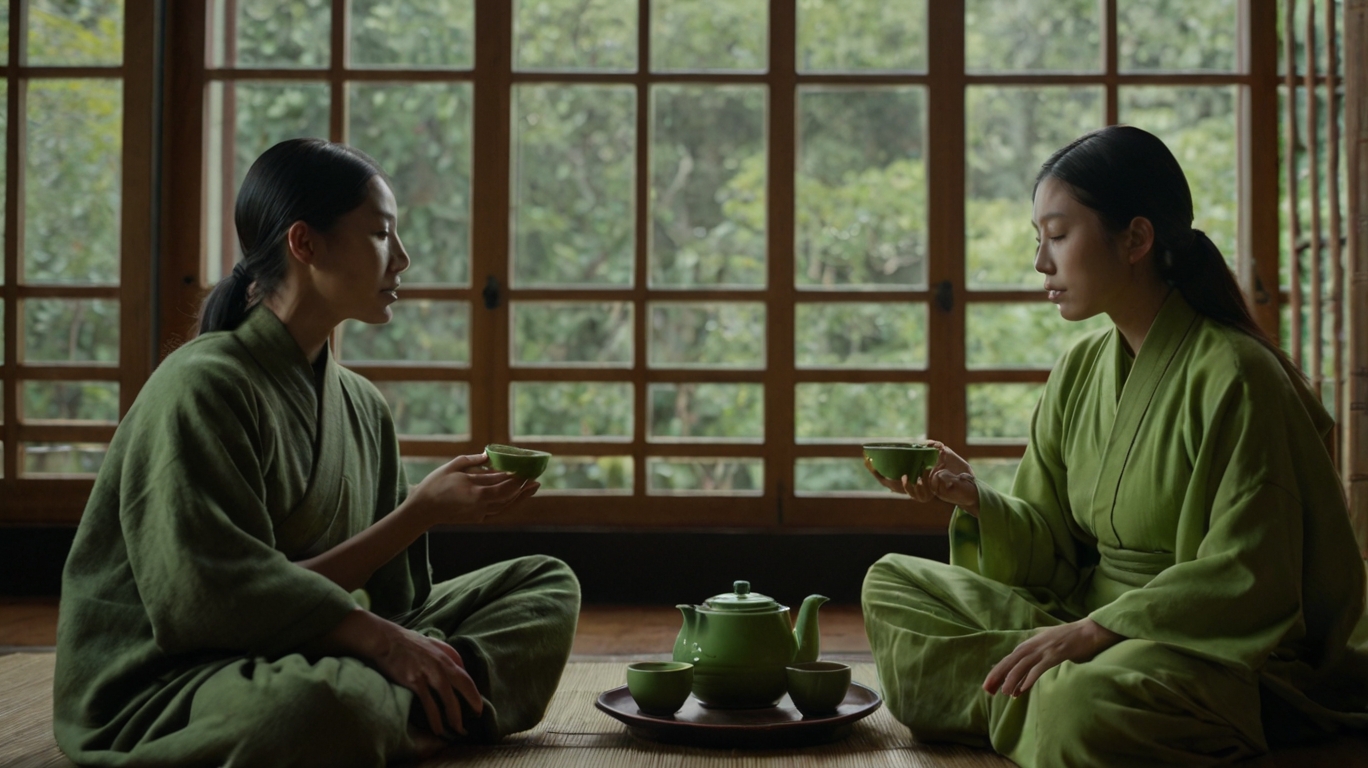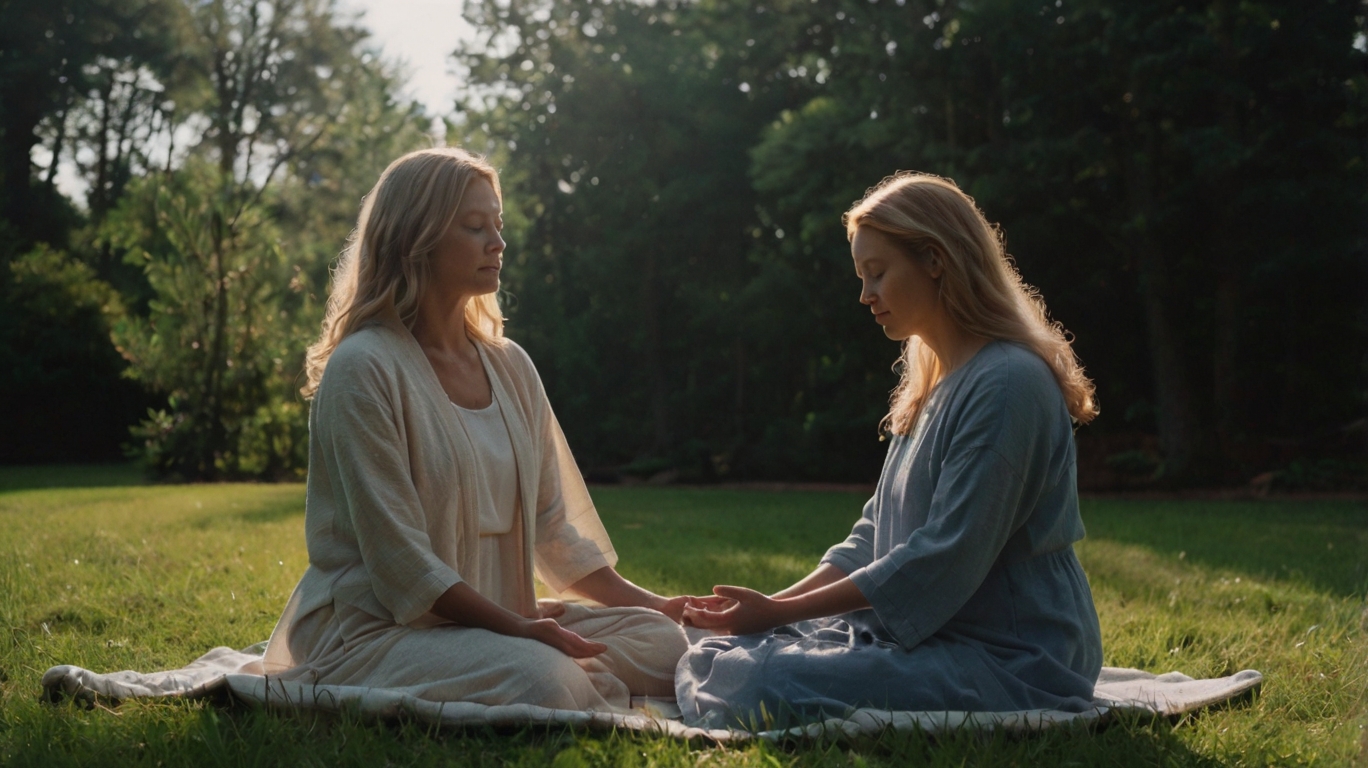Let’s face it—life gets noisy. With phones, emails, and constant tasks, our minds need rest. Matcha tea meditation offers a calming escape to restore clarity and peace. What if there was a simple, beautiful ritual that could help you pause, breathe, and come back to yourself? That’s where matcha tea meditation comes in. A quiet cup of vibrant green tea can do wonders for your mind, body, and spirit—when you sip it with intention.
What Is Matcha Tea Meditation?
Matcha tea meditation is the mindful act of preparing, sipping, and reflecting with a bowl of matcha. Being there for the full experience is more important than simply sipping tea. Think of it as a moving meditation: calm, intentional, and soul-soothing
The Origins of Matcha and Meditation
A Tradition Rooted in Japan
Matcha has deep roots in Japanese tea ceremonies, particularly within Zen Buddhist temples. Monks drank matcha to maintain alertness during long hours of meditation.
Zen and the Art of Tea
In Japanese culture, tea is not just a drink—it’s a spiritual practice. The quiet, careful movements of preparing matcha mirror the inner stillness we seek in meditation.

Why Matcha? The Superpowers of This Green Powder
Matcha isn’t just beautiful—it’s loaded with benefits:
- L-Theanine helps promote calm focus—perfect for meditation.
- Catechins, a type of antioxidant, support detox and fight inflammation.
- A mild caffeine boost that gives you energy without making you jittery.
Mindfulness in a Cup: The Art of Tea Meditation
Tea meditation invites you to slow down. To notice the texture of the powder. The sound of the water. The warmth of the cup. Each detail becomes an anchor for your awareness.
What You’ll Need to Begin
- High-quality matcha powder
- A tea bowl (chawan)
- A bamboo whisk (chasen)
- A bamboo scoop (chashaku)
- Warm water
- An open heart
How to Do Matcha Tea Meditation: Step-by-Step
1. Create a Calm Space
Find a quiet corner. Light a candle. Play soft music—or embrace silence.
2. Set an Intention
Ask yourself: Why am I here? A few intervals of presence and a bowl of tea.
3. Prepare Your Matcha Mindfully
- Scoop 1–2 grams of matcha into your bowl.
- Add warm water (not boiling).
- Whisk in a gentle “W” motion until frothy.
- Watch the color change. Smell the aroma.
4. Sip with Awareness
Hold the bowl. Feel the warmth. Take slow sips. Let the taste guide you into the moment.
Breath, Taste, and Stillness
Inhale before each sip. Let the matcha swirl on your tongue. Exhale slowly. Each sip becomes a rhythm—like breathing through the chaos of life.
Why This Works: The Power of Simple Rituals
You don’t need incense, apps, or cushions. A few intervals of presence and a bowl of tea. This small ritual can completely change your mood and reset your nervous system.

Make It a Daily Self-Care Ritual
Start your morning with a cup of matcha and some peace & quiet.
Or take a 3pm tea break instead of a scroll break.
Even five minutes can help you pause and reset.
Matcha Meditation vs Other Practices
Unlike seated meditation, this is an active form of mindfulness. You’re moving, preparing, and tasting. It’s a great gateway practice if sitting still isn’t your thing.
Respecting the Culture Behind It
Before you dive in, take time to learn about the Japanese tea ceremony and the culture that gave us matcha. Respect the ritual’s origins rather than just the fad.
Try Guided Matcha Meditations
Not sure where to start? There are videos and audio tracks that guide you through the ritual—ideal for beginners or busy minds.
Search for:
- YouTube: “Matcha tea meditation guide”
- Apps like Insight Timer or Calm
Final Thoughts
In a world that rushes us constantly, matcha tea meditation invites us to slow down. To be here. To breathe. It’s about drinking in life, one moment at a time, not just about drinking tea. So the next time you make a cup of matcha, turn it into a sacred pause. Your soul will thank you.

FAQs
1. Can I use regular green tea for tea meditation?
Yes, any tea works—but matcha adds a unique mindfulness through preparation and visual beauty.
2. How often should I do matcha tea meditation?
As often as you’d like! Every day is great, but there are advantages even once a week.
3. Do I need special tools to start?
Traditional tools help, but a mug and small whisk work fine too. Focus on the intention, not perfection.
4. Can I practice this even if I don’t like matcha?
Absolutely—use another tea you enjoy. The meditation is about presence, not just the tea.
5. Is it suitable for beginners?
Yes! It’s gentle, grounding, and a beautiful entry into meditation or mindfulness.










